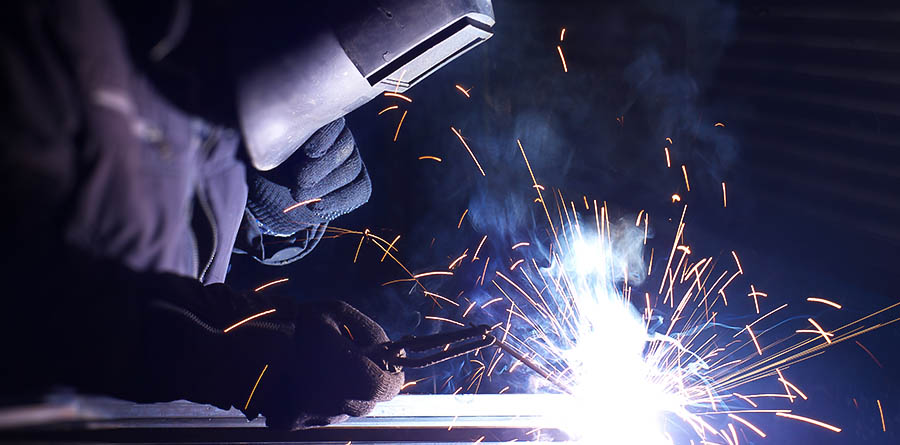How Metal Is Made?
Imagine the confusion that must have arisen when prehistoric humans encountered an unfamiliar metal object. What was this thing? Where did it come from? How was it made?
These questions could last an eternity without a sane person to voice them. When things go bump in the night, it's natural to muse over its origin. It turns out that there are a lot of mysteries hidden in the world that we still don't have an answer to.
In this blog, we'll help you answer these questions and, in the process, learn a little more about the human experience. Enjoy!
What is Metal Exactly?
Metal is a chemical element and any of various pure or alloyed substances that have a high luster, malleability, and electrical and thermal conductivity. The term "metal" has been used to refer primarily to the manifestation of any metallic compound from its elemental composition.
They are good conductors of heat and electricity. Iron, nickel, and other metals can be dissolved in acids to form salts. Most are classified as transition metals, but there are exceptions.
How Are Metals Made
All metals on earth have been made by stars. When a star runs out of the nuclear fuel that makes it shine, it collapses under its weight. That means that the star's outer layers are turned into a liquid, and the core turns to a gas.
The star's newly formed disk is full of hydrogen under tremendous heat. As it cools, it contracts, and the temperature rises, causing the hydrogen to combine to form helium. The helium then combines with carbon in the star's center to form carbon monoxide, which combines to form both heavier elements and lighter molecules.
These materials rise through the star as the thin disk breaks off from the denser core of the star. They are then released in the star's explosion, known as a supernova. The explosion sends these materials into space and they eventually combine into planets.
It's interesting to note that over five billion years ago, our Earth started as a cloud of metallic hydrogen. Over time, plate tectonics pushed chemical elements together to form heavier metals such as iron and nickel and the oxygen in our atmosphere.
How Humans Create Metal
The process of creating metals is called smelting, which is basically the separation of metal from the ore in which it is found.
When metals are heated to their melting point, they become a liquid that can be poured into molds to create shapes. The molten metal quickly cools when it is removed from the furnace and hardened into a solid.
Much like gold, silver, salt and copper are examples of naturally occurring metallic elements on Earth. Iron, nickel and gold are produced by stellar nucleosynthesis . The three main methods of obtaining metals from ore are:
Electromagnetic separation - uses electromagnets to separate the metal from the ore.
Metal extraction by chemical leaching – dissolving metallic ore in a suitable chemical reagent, allowing them to selectively dissolve, or leach, desired metals from the ore.
Although a simple technique involving no high technology, it was widely used in antiquity and is still employed today.
Chemical Metallurgy – smelting processes used to extract metallic values from ores using thermal or chemical means
That’s how humankind created their version of metal. With the advent of technology, more discoveries and inventions were made possible.
Something Precious (Metal in Ancient Times)
Humans of the Bronze Age, in particular, were the first to discover and make metal artifacts.
Metals such as gold, silver and other non-ferrous metals were considered valuable because they had many uses in tools and decorative art.
They were rarely used for structural components because they are too soft to use for this purpose.
Metal in History
The earliest recorded use of metals was found in the Olenekian culture (28-13000 years ago) in Eastern Europe and dates back to before the last ice age at around 27,000 years ago.
Gold, silver, copper and other non-ferrous metals were used as precious objects that represented status and social rank. This was adopted by later cultures and spread throughout Asia, Africa and Europe as a result of trade networks.
In the early 20th century, metals were used in a wide variety of applications. From our cell phones to our cars, airplanes and water pipes, metal is crucial to everyday life. When someone needs to make repairs to their car or build additional structures on their home, they turn to the local hardware store for items such as nails and screws.
Wrap Up
Metal could be referred to as the backbone of modern human technology. We depend on it in several ways, and without it, our world would be much different. Metal is worth exploring in more detail, and learning the secrets behind it can only help us in our future endeavors.


